Uniform
Uniforms are standardized clothing worn by individuals as a symbol of identification with a particular group, organization, or profession. They promote a sense of unity, equality, and professionalism. Uniforms vary widely and can be found in schools, military, healthcare, hospitality, and other industries, serving functional and aesthetic purposes while fostering a cohesive identity.

.png)
.png)
.png)
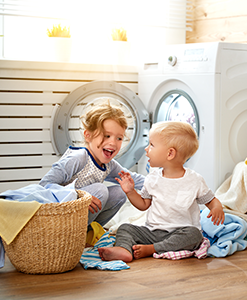
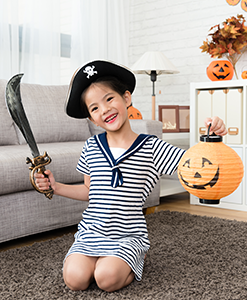
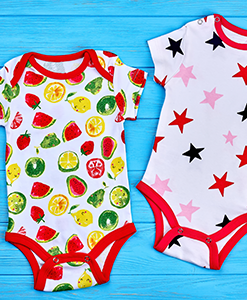
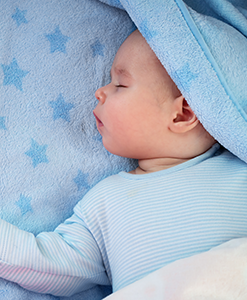


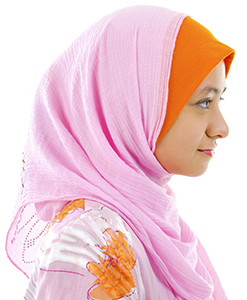
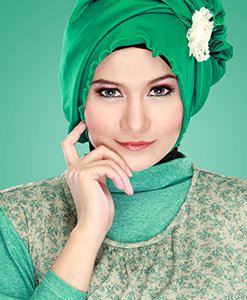
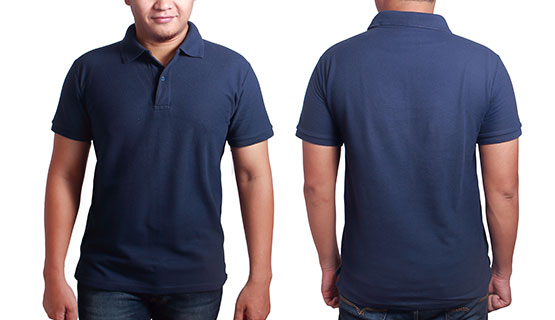

 Malaysia
Malaysia